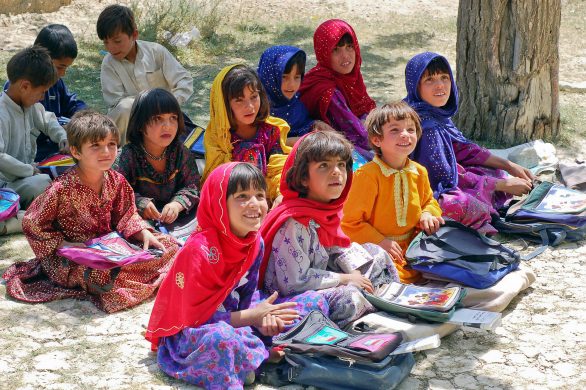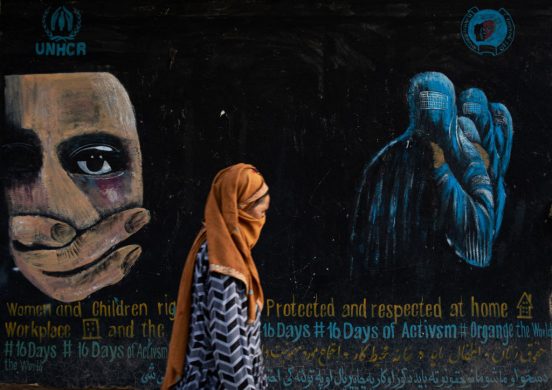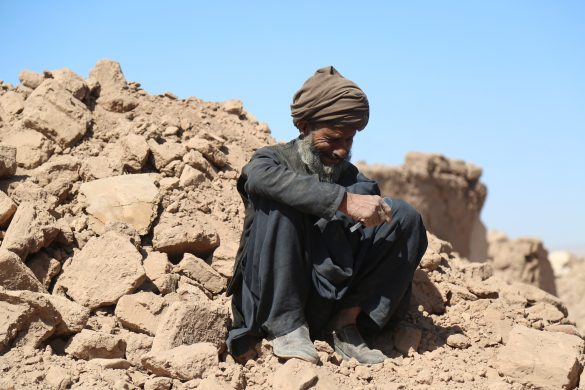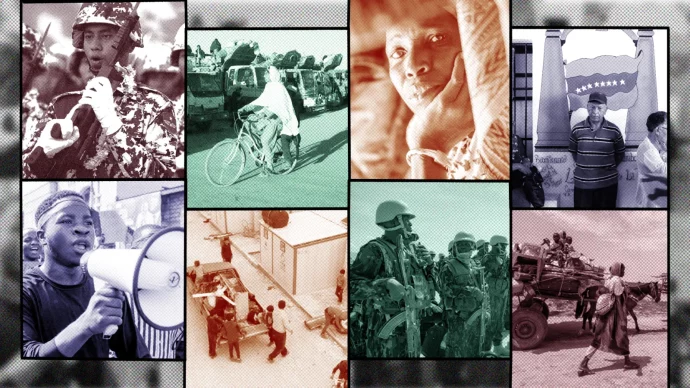KABUL, 3 June 2018 (UNICEF): Nearly half of children aged between 7 and 17 years old – 3.7 million – in Afghanistan are missing out on school, according to the Out of School Children: Afghanistan Country Study released today.
The ongoing conflict and worsening security situation across the country – combined with deeply engrained poverty and discrimination against girls – have pushed the rate of out-of-school children up for the first time since 2002 levels.
Værst for pigerne
Girls account for 60 per cent of the out-of-school population, putting them at a particular disadvantage, and compounding gender-based discrimination. In the worse-affected provinces – including Kandahar, Helmand, Wardak, Paktika, Zabul and Uruzgan – up to 85 per cent of girls are not going to school.
The study notes that displacement and child marriage also significantly affect a child’s chances of going to school. While a shortage of female teachers, poor school facilities and insecurity affecting the delivery of education in conflict affected areas are also factors driving children – particularly girls – away from the classroom.
“Business as usual is not an option for Afghanistan if we are to fulfil the right to education for every child,” said Adele Khodr, UNICEF Afghanistan Representative. “When children are not in school, they are at an increased danger of abuse, exploitation and recruitment,” adds Khodr.
De fleste bliver i skolen
While the numbers are concerning, there is also progress and hope. The study notes that school dropout rates are low, 85 per cent of boys and girls who start primary school go on to complete the last grade, while 94 per cent of boys, and 90 per cent of girls who start lower secondary also complete the grades. The challenge is to get children to start school in the first place.
“We commend the Government of Afghanistan for prioritising and declaring the year 2018 as the year of education,” said Khodr. ”Now is the time for a renewed commitment to provide girls and boys with the relevant learning opportunities they need to progress in life and to play a positive role in society,” Khodr added.
To overcome this challenge, early learning opportunities, community-based education, including accelerated learning programmes, gives families more control over education by organizing classes in community buildings and in some cases inside homes. This is especially critical for girls, as it reduces insecurity on the way to school, such as harassment and conflict related incidents.
Mange flere kan læse
The ‘Afghanistan Living Conditions Survey, 2016-17’, released in May this year, also highlights significant improvements in adult and youth literacy rates over the past two decades. The literacy rate for youth (aged 15-24 years) has risen from 31 per cent in 2005 to 54 per cent in 2017.
“Getting girls and boys into school is so much more than sitting in class,” said Khodr. “It’s about providing routine and stability in life, which is a wise investment given the insecurity across parts of the country,” she added.
The report calls for continued government and civil society commitment and action to address the out-of-school children, especially girls, while recognising that strong national data institutions and capacity take time and investment to develop. In addition to protecting children and schools from harm, the report identifies four principles to underpin this work:
- Targeting provinces with disproportionately high rates of out of school girls, including working with religious leaders and other groups to advocate for increased education, especially for girls;
- Ensuring girls’ learning facilities meet basic security and health standards, including toilets, handwashing facilities and safe drinking water;
- Recruiting and building the capacity of female teachers; and
- Addressing child marriage.















